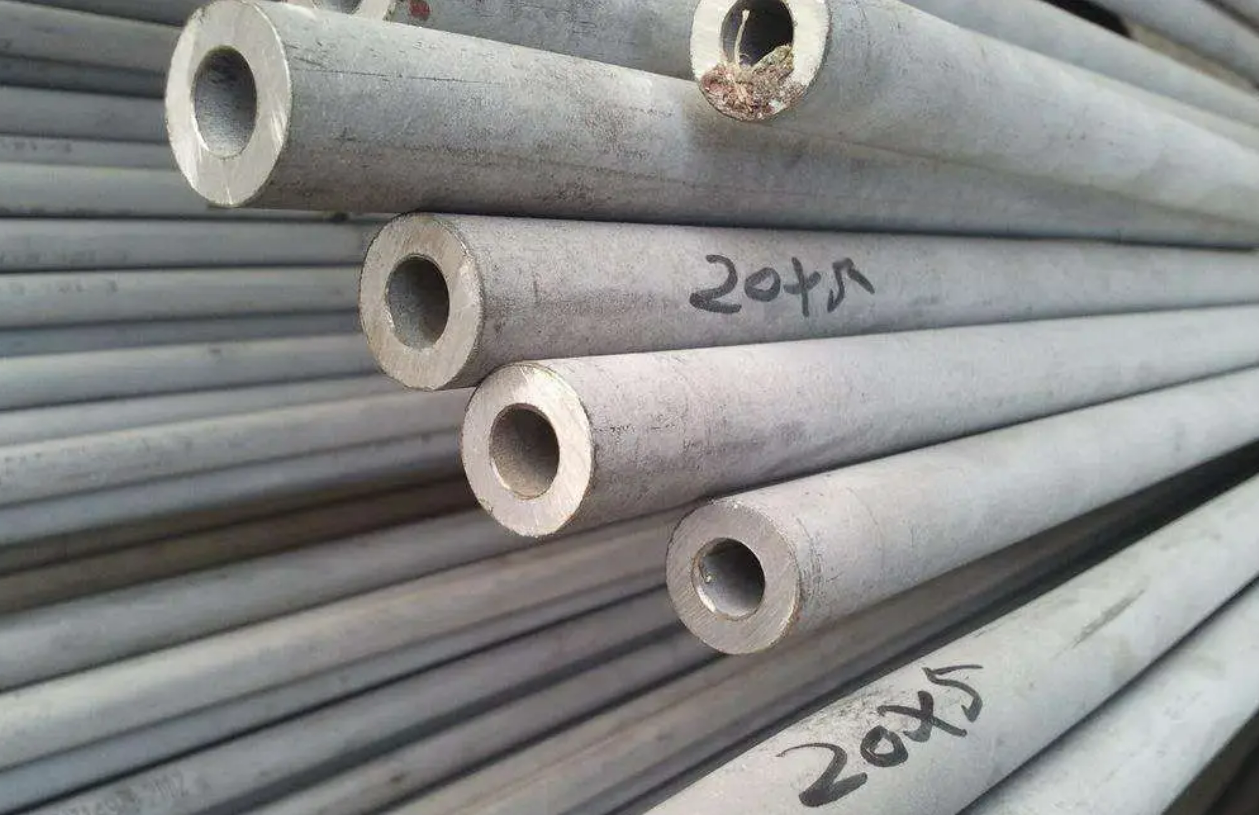X7CrNiAl17-7 stainless steel is one of the leading distributors of long products and fittings made of stainless, acid and heat resistant steels. 1.4568 We have the stainless steel that perfectly fits your needs, and X7CrNiAl17-7 stainless steel is available in industry-leading standard and custom designs.

Common classification of stainless steel
According to different metallographic structures, stainless steel is mainly divided into austenitic stainless steel (high Cr-Ni series steel), ferritic stainless steel (15%~30% chromium content, generally without nickel Ni) and martensitic stainless steel (including Chromium content of 12%-18%) of these three.
Also included are duplex stainless steels (austenitic-ferritic stainless steels), precipitation hardening stainless steels and high alloy steels with less than 50% iron derived from these three bases.
| Grade | X7CrNiAl17-7 |
| Number | 1.4568 |
| Classification | Martensitic and Precipitation Hardening Steels -Special Grades |
| Density | 7.8 g/cm3 |
| X7CrNiAl17-7 Standard | |
| EN 10088-2 | 2005 Stainless steel. General purpose corrosion-resistant steel sheet/plate and strip technical delivery conditions |
| EN 10088-3 | 2005 Stainless steel. Technical delivery conditions for general purpose corrosion-resistant steel semi-finished products, bars, wires, profiles and bright products |
| EN 10151 | 2003 Stainless steel strips for springs. Technical delivery conditions |
| EN 10088-1 | 2005 Stainless steel. Stainless steel at a glance |
| EN 10088-5 | 2009 Stainless steel. Technical delivery conditions for corrosion-resistant steel bars, wires, profiles and bright products for construction |
| EN 10088-4 | 2009 Stainless steel. Delivery of corrosion-resistant steel sheet/plate and strip for construction |
X7CrNiAl17-7 Stainless Steel Chemical Composition
Carbon: ≤0.09
Silicon: ≤0.70
Manganese: ≤1.00
Sulfur: ≤0.015
Phosphorus: ≤0.040
Chromium: 16.00~18.00
Nickel: 6.50~7.80
Aluminum: 0.70 to 1.50
Mechanical properties of X7CrNiAl17-7 Stainless Steel
Rm – Tensile Strength (MPa) (+AT) 850-1030
A – Smallest. Elongation at break (%) (+AT) 19
Brinell hardness (HB): (+AT) 255
The role of alloying elements in stainless steel composition
In general, pure metal has relatively high plasticity. When other alloying elements are added, it also has good plasticity when forming a single-phase solid solution.
For example, iron-nickel alloy can form a continuous solid solution. Therefore, when iron and nickel are in any ratio, alloy plasticity is very high.
However, under the condition of containing other elements, an intermetallic compound that is insoluble in solid solution or partially soluble in solid solution is formed, which reduces the plasticity of the metal, so the plasticity of the alloy is worse than that of pure metal or single-phase solid solution.
Iron (Fe): is the basic metal element of stainless steel
Chromium (Cr): It is the main ferrite forming element.
The combination of chromium and oxygen can form a corrosion-resistant Cr2O3 passive film. It is one of the basic elements for maintaining the corrosion resistance of stainless steel.
The increase of chromium content can improve the passive film of steel. Repair ability, the chromium content in general stainless steel must be more than 12%;
Carbon (C): It is a strong austenite forming element, which can significantly improve the strength of steel, and carbon also has an adverse effect on corrosion resistance;
Nickel (Ni): is the main austenite forming element, which can slow down the corrosion phenomenon of steel and the growth of grains during heating;
Molybdenum (Mo): It is a carbide-forming element, and the carbide formed is extremely stable, which can prevent the grain growth of austenite when heated, and reduce the overheating sensitivity of steel.
In addition, molybdenum can make the passivation film more stable. Dense and firm, thus effectively improving the Cl-corrosion resistance of stainless steel;
Niobium and titanium (Nb, Ti): are strong carbide forming elements, which can improve the intergranular corrosion resistance of steel.
However, titanium carbide has an adverse effect on the surface quality of stainless steel, so the performance of stainless steel with high surface requirements is generally improved by adding niobium.
Nitrogen (N): is a strong austenite forming element that can significantly increase the strength of the steel. However, it has a great influence on the aging cracking of stainless steel, so the nitrogen content should be strictly controlled in the stainless steel for stamping purposes.
Phosphorus and sulfur (P, S): are harmful elements in stainless steel, which will adversely affect the corrosion resistance and punchability of stainless steel.
If you would like to know more, please ask our customer service.







